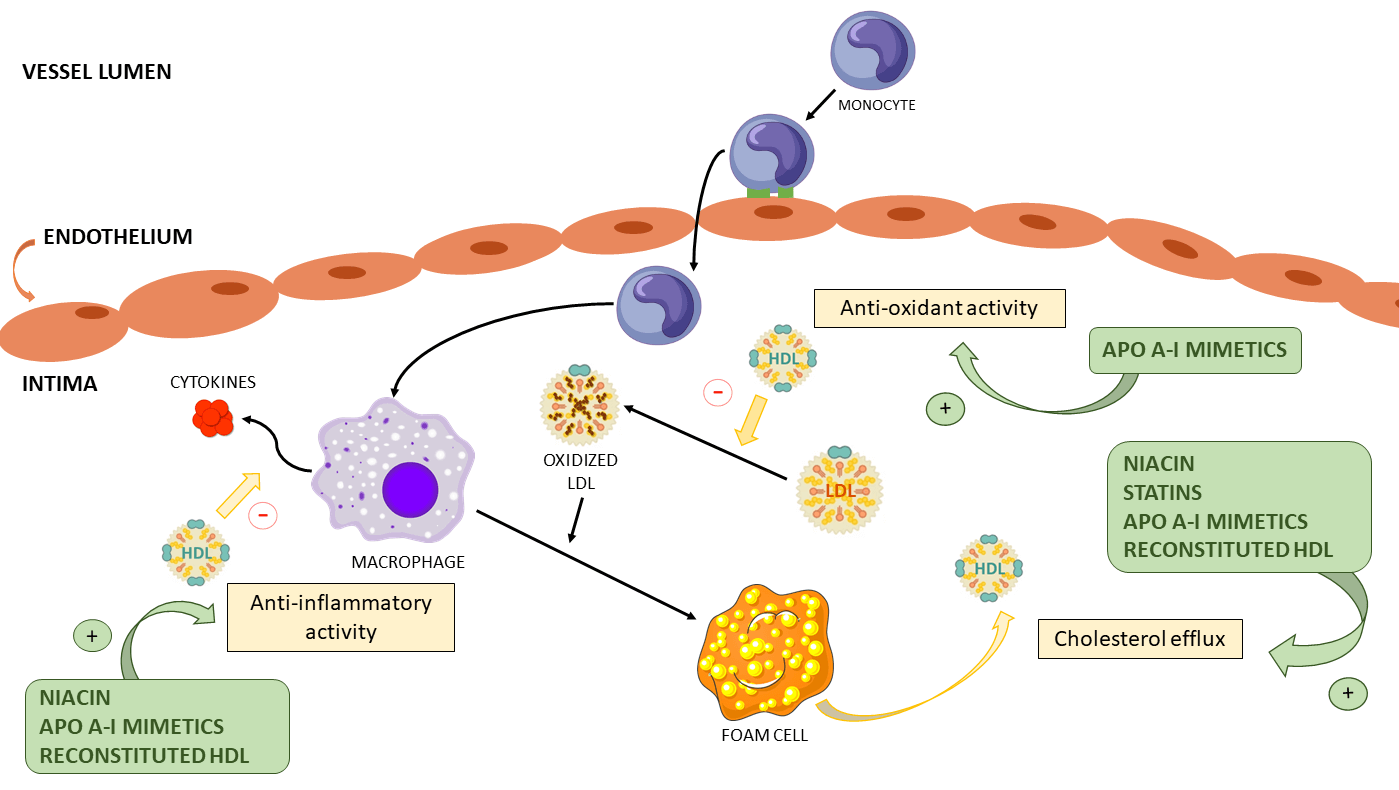 Open Access
Open Access
REVIEW
High density lipoprotein as a therapeutic target: Focus on its functionality
School of Pharmacy and Biochemistry, Laboratory of Lipids and Atherosclerosis, Department of Clinical Biochemistry, University of Buenos Aires, National Scientific and Technical Research Council (CONICET), Buenos Aires, 1113, Argentina
* Corresponding Author: MAXIMILIANO MARTíN. Email:
BIOCELL 2023, 47(11), 2361-2383. https://doi.org/10.32604/biocell.2023.031063
Received 11 May 2023; Accepted 22 September 2023; Issue published 27 November 2023
Abstract
Cardiovascular diseases (CVDs) are the leading cause of death globally. CVDs are a group of disorders of the heart and blood vessels and include coronary heart disease, cerebrovascular disease and rheumatic heart disease among other conditions. There are multiple independent risk factors for CVD, including hypertension, age, smoking, insulin resistance, elevated low-density lipoprotein cholesterol (LDL-C) levels, and triglyceride levels. LDL-C levels have traditionally been the target for therapies aimed at reducing CVD risk. High density lipoprotein (HDL) constitutes the only lipoprotein fraction with atheroprotective functions. Early HDL-targeted therapies have focused on increasing HDL-C levels. However, clinical trials have shown that raising HDL-C with niacin failed to achieve CVD reduction. A possible explanation for these findings is that these drugs could interfere with lipid metabolism and cause alterations in HDL structure and composition, leading to loss of functionality. As a result, targeting HDL-C levels would be insufficient to achieve CVD risk reduction, making HDL functionality a more desirable focus for HDL-directed therapies. There are several drugs which show the potential to improve HDL functionality. These drugs include molecules already approved for human use, such as statins and niacin, and particularly, compounds currently undergoing development such as apolipoprotein A-I mimetics and reconstituted HDL preparations. These therapies show promising potential to improve HDL functionality specifically. Future therapeutic strategies should incorporate HDL functionality as a main target of interest.Graphic Abstract

Keywords
Cite This Article
 Copyright © 2023 The Author(s). Published by Tech Science Press.
Copyright © 2023 The Author(s). Published by Tech Science Press.This work is licensed under a Creative Commons Attribution 4.0 International License , which permits unrestricted use, distribution, and reproduction in any medium, provided the original work is properly cited.


 Submit a Paper
Submit a Paper Propose a Special lssue
Propose a Special lssue View Full Text
View Full Text Download PDF
Download PDF Downloads
Downloads
 Citation Tools
Citation Tools